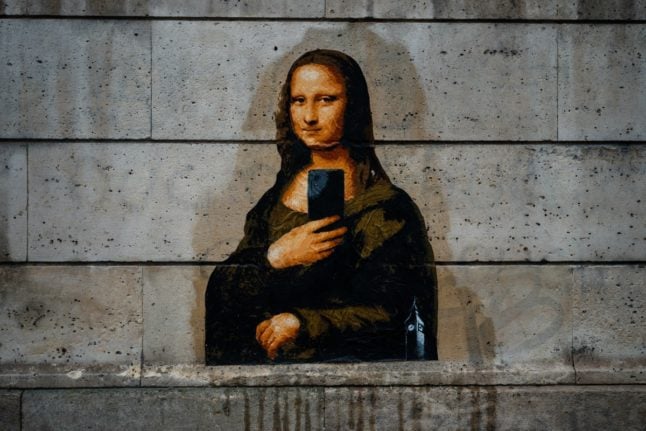The Paris court order did not specify a trial date for Polanski, 89, who was charged in October last year. He has faced a series of sex assault claims during his career.
The Paris court order did not specify a trial date for Polanski, 89, who was charged in October last year.
He has faced a series of sex assault claims during his career, though never previously has he stood trial in France over them.
The defamation case was filed by Charlotte Lewis, born in 1967, who starred in Polanski’s 1986 film “Pirates”.
In 2010, she had accused him in Los Angeles of sexual abuse at his Paris apartment in the 1980s, when she was 16.
Polanski dismissed Lewis as a “liar” and a “fabulist” in a long interview with the Paris Match magazine in 2019, pointing to quotes attributed to her in a 1999 interview with the British tabloid News of the World, expressing her desire for him.
Lewis claims the quotes were not accurate.
Polanski’s lawyer Herve Temime told AFP last October that the pressing of charges was “automatic” in defamation cases, and welcomed the prospect of trial as the way of bringing out of the truth.
The director remains wanted in the United States for the statutory rape of a 13-year-old girl in 1977 and has also faced accusations of other sexual assaults that he denies.
In 2019, French photographer Valentine Monnier accused Polanski of raping her in his Swiss chalet in 1975 when she was 18 and working as a model and actress, saying he tried to give her a pill as he beat her “into submission”.
His star has also dimmed in the wake of the MeToo movement that rocked Hollywood, and French stars including celebrated actress Adele Haenel walked out of France’s annual celebration of cinema, Les Cesars, in 2020 after Polanski was awarded for his film “An Officer and a Spy”.




 Please whitelist us to continue reading.
Please whitelist us to continue reading.
Member comments